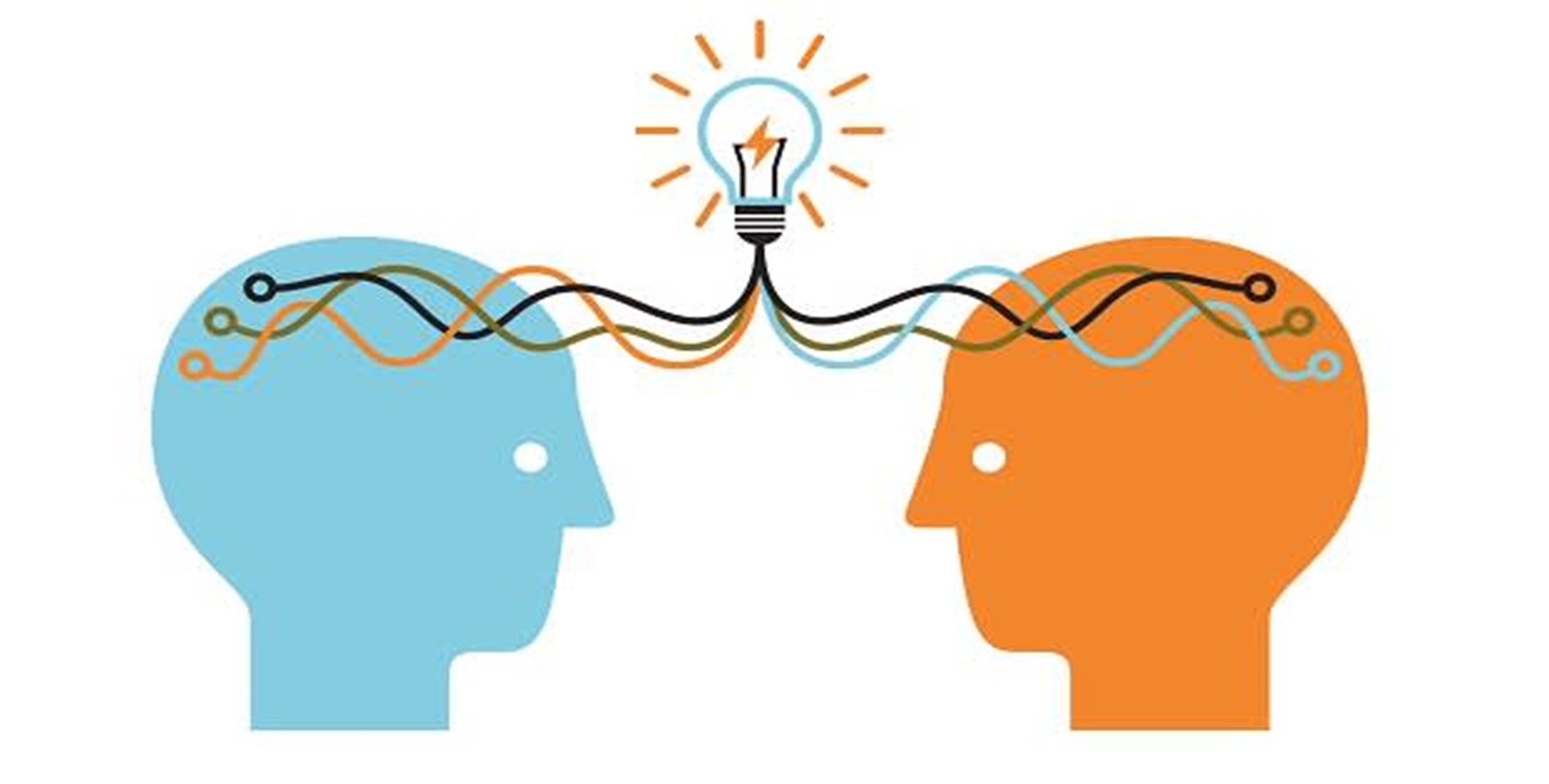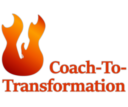

The Coaching Agreement
- Dec 25th 2020
My professional journey was quite fulfilling; full of learning and growth.
I had been a consultant, a mentor, and an advisor to start-ups & SMEs. Signing an agreement was the first step to formalise client and consultant relationship. The agreement clearly laid down deliverables, duration, and compensation.
While I was happy with self-acquired Advisor, Consultant, Mentor but the term Certified Coaching was gaining more acceptance as a preferred skill to be called a mentor.
Time and again i was advised to become a “Certified Coach” which, i was told; was a more holistic approach to helping a client.
It was my call to “Coach-To-Transformation”, a 35 minutes talk with CTT Mentor; that gave most motivating sneak-peek into the world of Coaching and i joined the upcoming batch.
Our very first mentor session was the beginning of the “unlearning” old and learning the new with the three stages of the “Coaching Process” comprising Agreement -> Awareness -> Action.
I was glad to see that the process of Coaching also begins with “Agreement” albeit not the same as my traditional approach of consulting or mentoring; which is more judgment driven. In Coaching; the “Agreement” stage in itself is all-encompassing. It invokes the thought process in the client to unfold expectations through a powerful Q & A session. It not only creates awareness in the client about his/her problems and strengths; but also works possible actions within his/her capacity and capabilities.
The coach sets the time frame for the session and begins with getting to know a bit about the client’s well being with a friendly approach to create a safe and supporting environment for the client based on mutual trust, confidentiality, and transparency.
But how does a coach achieve this? It’s through these simple yet so insightful questions :
- What would you want to discuss in this session
- What makes it so important and how does that impact the client – Answer to this would lead to client sharing his/her reasons for seeking a solution.
- What are the bottlenecks – Client shares the possible hindrances
- If there are alternatives
A coach must be curious and explore the scope of the meaning of his worlds, to understand the impact, and help the client work best solutions through active presence, powerful questioning, and active listening rather than speaking.
Answer to these will lead the coach to ask : What is your desired outcome from this session?
5.Having known the desired outcome, it’s imperative to know how the client would know it is achieved or how would he measure it?
This preliminary conversation leads to setting an “Agreement”. The agreement establishes the client and coach relationship. The coaching Agreement in itself brings the coach’s active presence into the client’s world and helps in creating a reliable & trustworthy relationship between the two. It must also include agreeing to disagree and yet continue without shaking the established trust and confidentiality.
A harmonious agreement not only ensures a conducive environment for the clients to break all inhibitions but also helps eliminate any likely misunderstanding(s) in the future as the two progress in establishing a long-standing relationship.
Agreement not only puts in place the scope of coaching relationship but also what coaching is NOT and clearly lays down the scope of Coach’s engagement for the goal(s) to be achieved.
Disclaimer
The views and opinions expressed in this blog are those of the authors and do not necessarily reflect the official policy or position of Coach-To-Transformation or its parent company.


Rajat Garg
Rajat is a Master Certified Coach (MCC) with over 18 years of industry experience and over 2500 hours of coaching experience, helping people and organizations attain maximum effectiveness. His background includes working with CXOs, senior managers, managers and board of directors of small private companies to multi-billion dollar publicly traded organizations.









0